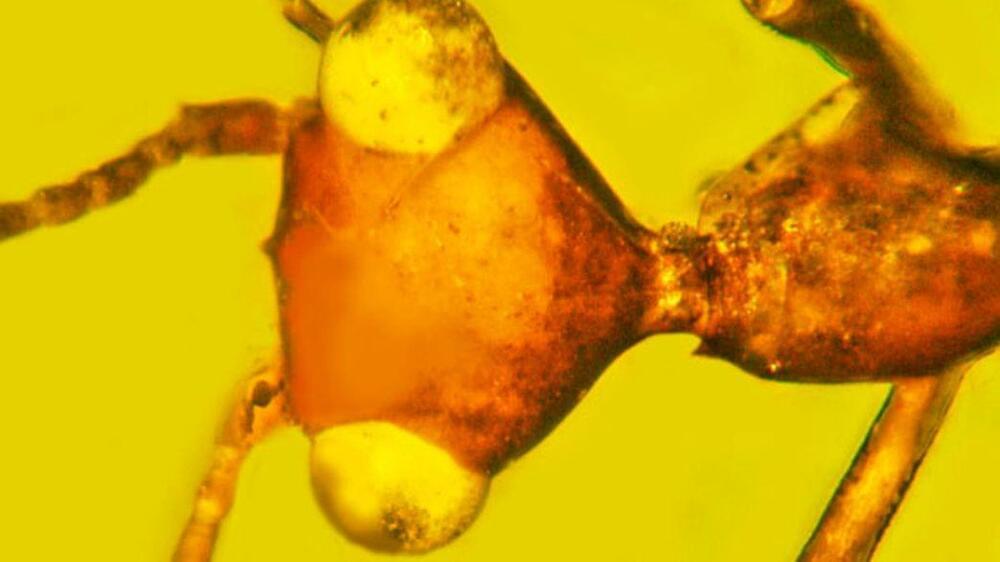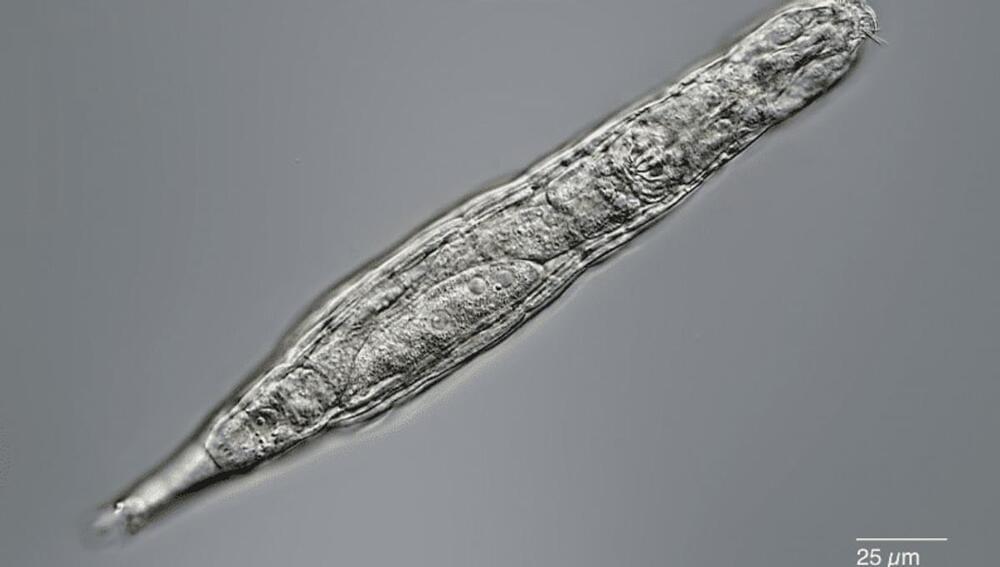
Nearly a million species of insects, living and extinct, have been scientifically described. These have been placed in thousands of genera, but were grouped into just 31 orders. Now, that number is 32 with the discovery of two 100-million-year-old specimens that are so different from anything we have seen before, they required the creation of a new order.
“This insect has a number of features that just don’t match those of any other insect species that I know,” said Emeritus Professor George Poinar of Oregon State University in a statement. “I had never really seen anything like it. It appears to be unique in the insect world, and after considerable discussion we decided it had to take its place in a new order.” The discovery has been published in Cretaceous Research.
Strange as this pair look, they also seem oddly familiar, appearing to resemble a cross between an ant and the aliens people claim abducted them. “While insects with triangular-shaped heads are common today, the hypotenuse of the triangle is always located at the base of the head and attached to the neck, with the vertex at the apex of the head,” the paper notes.

















